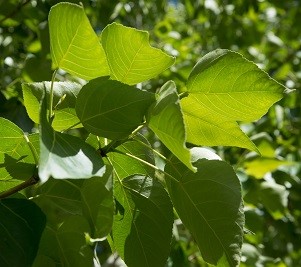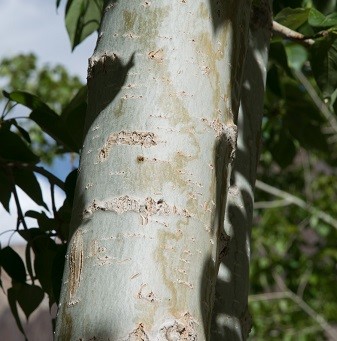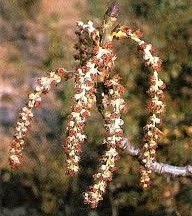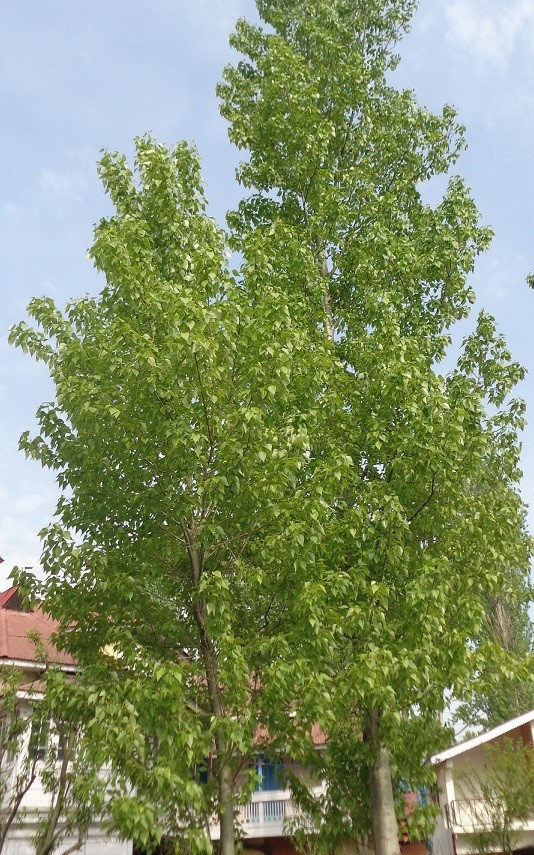Trees
Populus ciliata Wall. Ex. Royle
Populus ciliata Wall. Ex. Royle
Description :
A
large, deciduous tree 18 to 21 m tall, with diameters of 60 to 80 cm. The trunk
is erect and the crown spreading. The leaves are simple, 7.5 to 17.5 cm long. It
is dioecious. The male catkins are 7.5 to 10 cm long and the female catkins are
15 to 30 cm long. Flowering and seed production occurs between March and June. It
has no observed insect or disease problems in Pakistan. It does not coppice
except when young. It is reproduced from seed and by vegetative means. The seed
is small with long silky hairs, light and wind disseminated. Viability is low. It
is relatively fast growing. Yields of 6 to 13 m3/ha/yr have been
recorded. Sapwood is white, heartwood pale to brownish grey with very fine,
straight, even textured Grains having specific gravity of 0.46 and a calorific
value of 5900 kcal/kg.
Distribution :
The tree is native to the Subcontinent, North and Central Asia, and
North America. In Pakistan it grows in Azad Kashmir, Gilgit Baltistan,
Murree Hills, Hazara, Swat, Dir, Chitral and Tirah. An intolerant tree that
grows best on deep moist soils but can grow on a variety of sites and soils
including rocky exposed, land slide areas. It also grows best on alluvium,
Stream beds and/or sandy loams. It is adapted to a precipitation zone of 750 to
1250 mm/yr or more, in a temperature range of -20 to 35°C. It prefers a humid,
semi-arid cool, cold temperature, climate.
Uses :
This
tree has the potential to control erosion on steep hillsides. It should be used
in problem watersheds, because of its growth rate and ease of reproduction. It
is a component of the coniferous forest and can be easily regenerated by
cuttings. It is also useful for controlling stream bank erosion and land slide
areas. Also used as fuel, packing cases and crates, matches, erosion control
and reforestation, plywood, pulp, and fodder.



